Everything you need to know about moving from Android to iPhone
Do you have an apple craving?
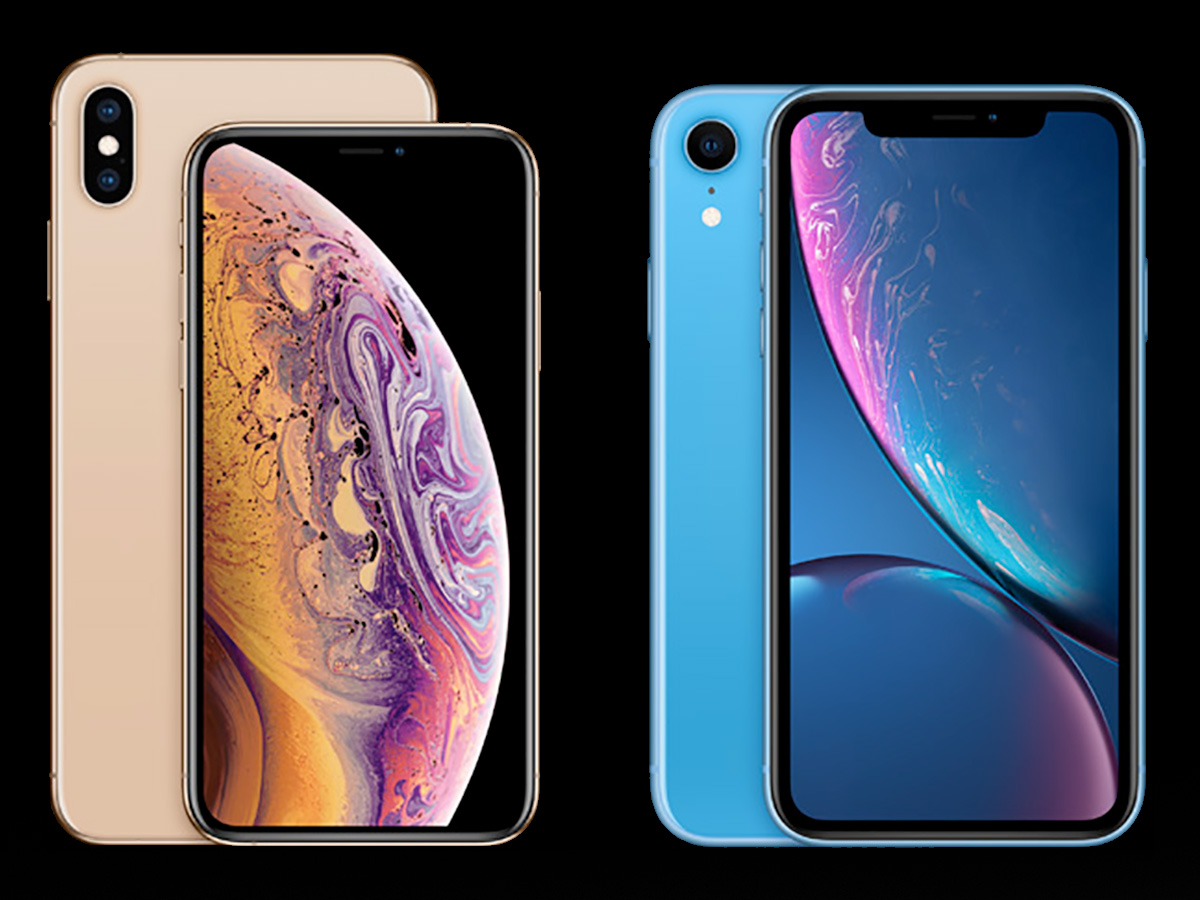
Everything you need to know about moving from Android to iPhone
iPhones used to be miles slicker than Androids, but in the last four years Google has bridged that gap. However, there are still significant differences between the two platforms. Some you’ll love, some you probably won’t. We’re going to show you what you need to know when making the switch, how to make the most of the good bits, and how to get used to the parts that may feel a little awkward after years of life with an Android.
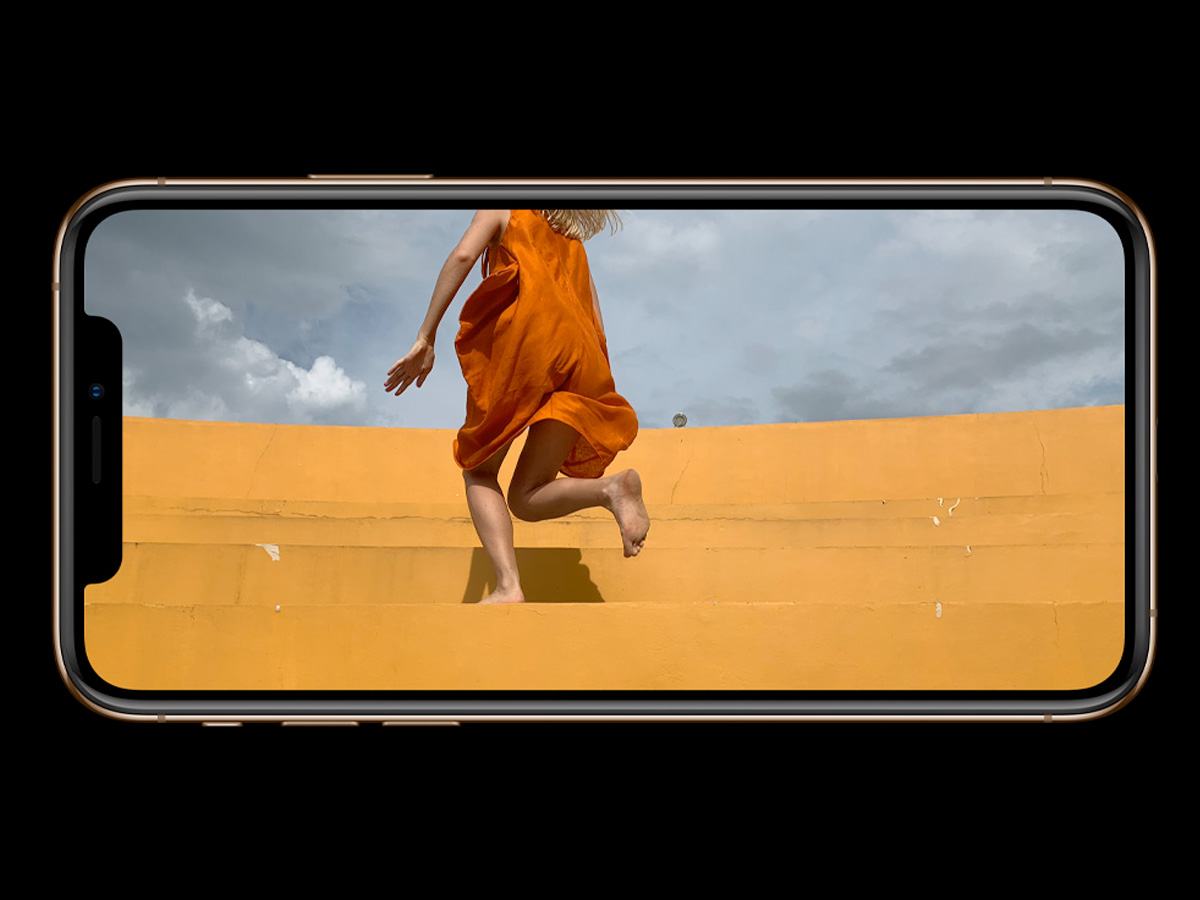
Which iPhone should you get?
So you want to switch to iPhone? Prepare your bank account because your “budget” option is the iPhone 7, a phone over two years old, with just one rear camera that starts at £449. If you want all the latest bells and whistles you’ll need an iPhone XS, XS Max or XR. All three have all-screen designs, which means Face ID instead of a home button with a fingerprint reader. The XR has a lower-resolution LCD screen and just one camera on the back, but it still has the background-blurring Portrait mode. It also starts at £749, rather than £999 for the XS and £1099 for the XS Max.
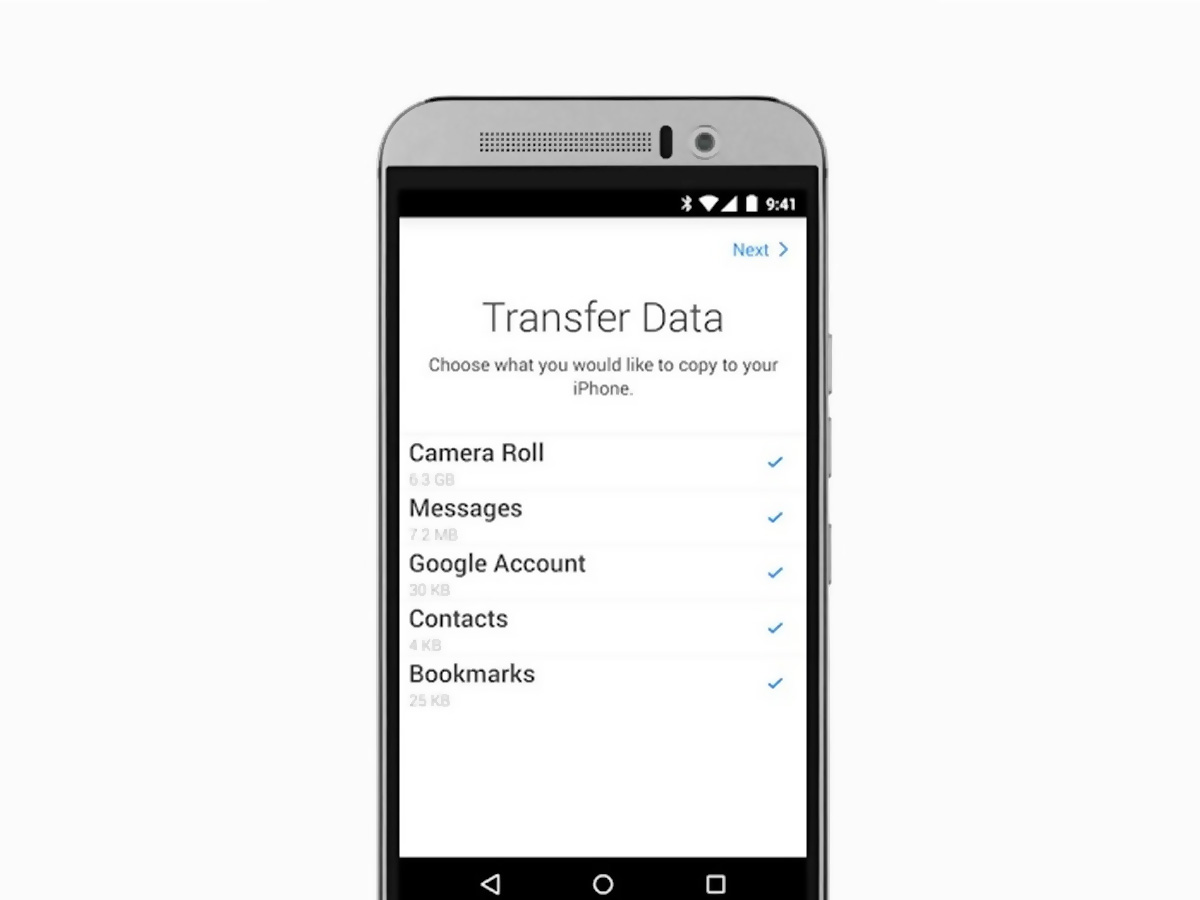
Move to iOS: the app
When you setup your new iPhone you’ll see a prompt to ‘Move to iOS’ which involves downloading an app for your old Android, typing in a special code and then waiting while it transfers your messages, contacts, camera photos, bookmarks and account details over Wi-Fi. It won’t get all your old apps back, though, and you’ll have to deal with music and movies separately too. Open up iTunes on your computer, go to the device section, select the File menu and “add files to library”. They’ll be sent over with the next sync. If you have any files that won’t play, try using an app like PlayerXtreme.
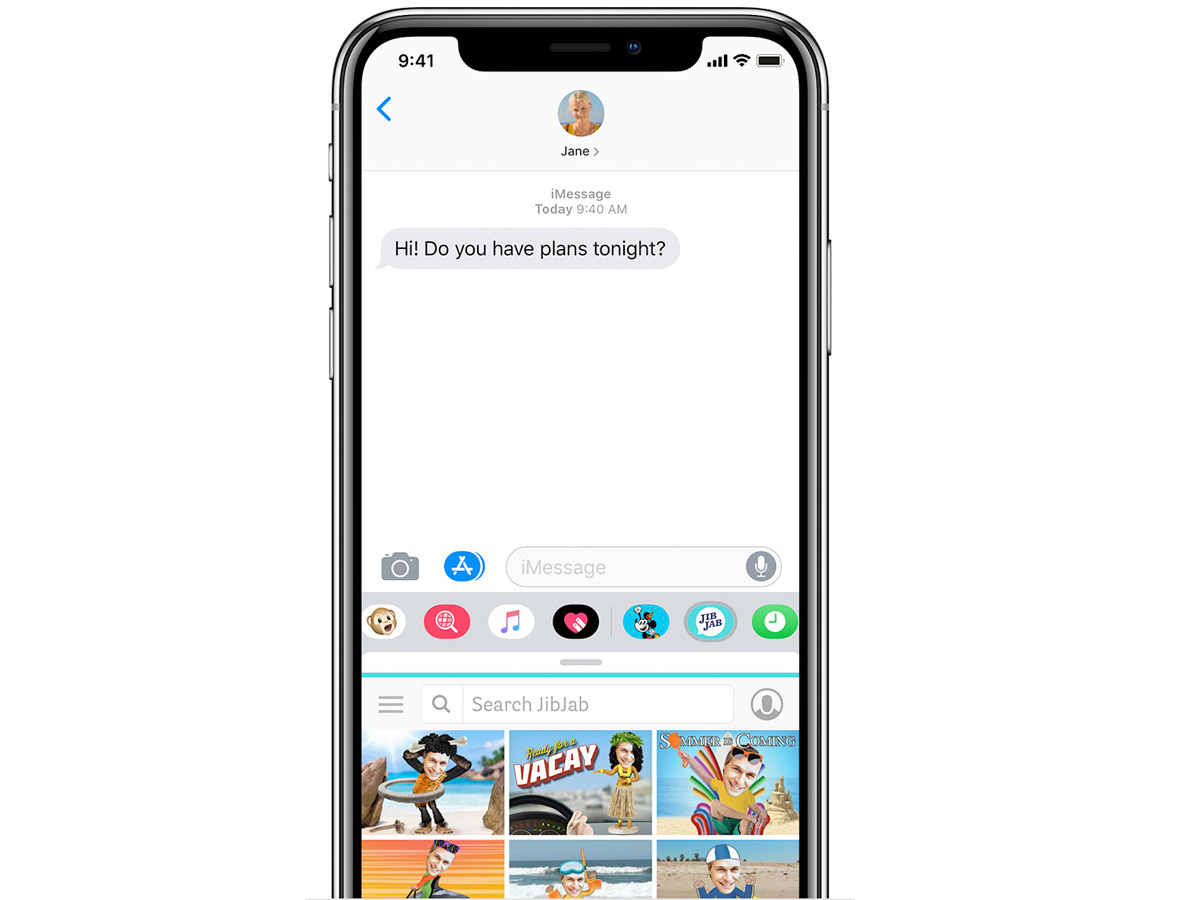
iMessage vs WhatsApp
Lots of people have ditched SMS almost completely and moved over to WhatsApp, but Apple has its own version of the idea that also allows you to create groups and send GIFS and stickers. It’s called iMessage and you’ll know you’re using it because the messages show up in blue rather than green. It only works from iThing to iThing, though, so you’ll probably need to keep WhatsApp for communicating with those poor Android owners you left behind.
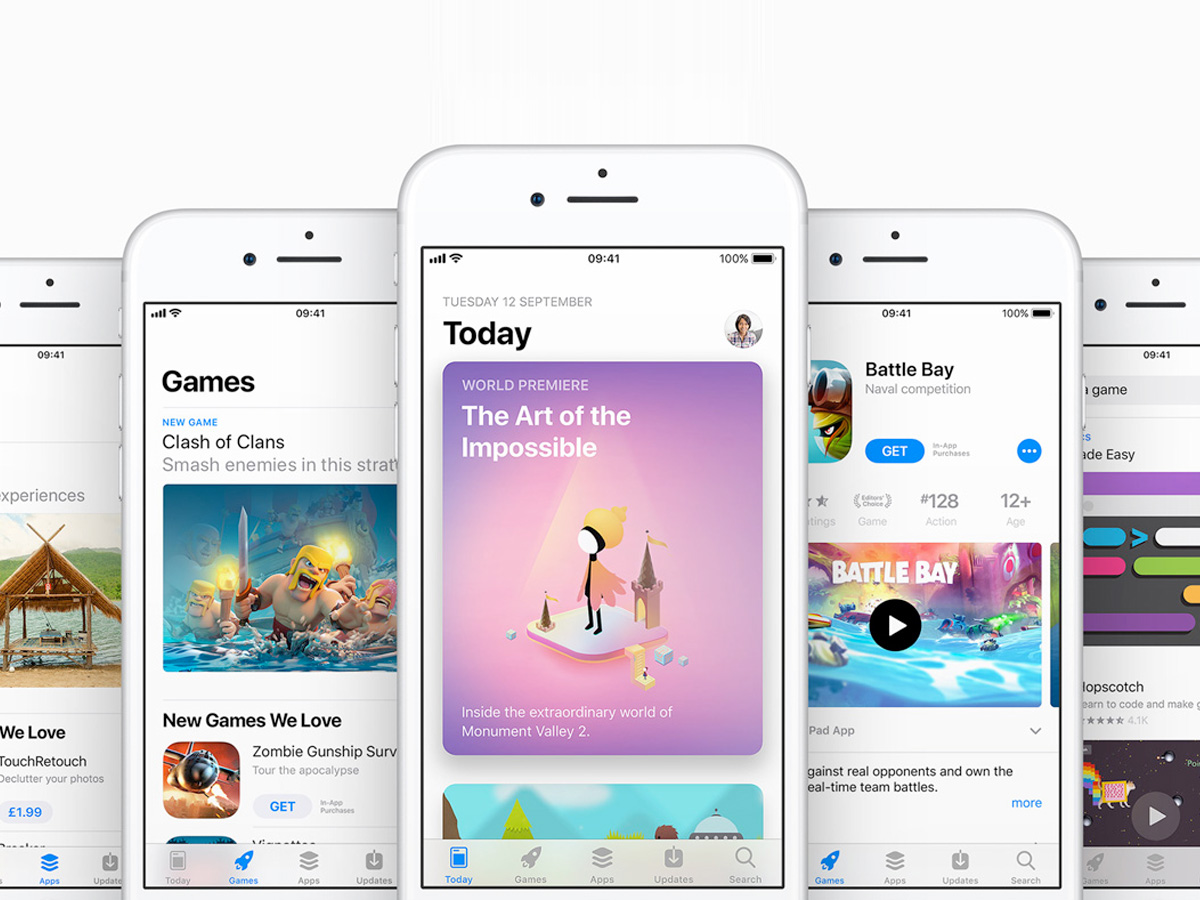
Let the App Store be your guide
One clear advantage iOS has over Android is the App Store. It’s better curated, better organised and makes discovering apps and games easier than Google Play. There are no PlayStation, SNES or MegaDrive emulators but iPhones often get new games before their Android counterparts. If you need to re-buy some apps or games you love too much to leave behind, you might want to consider buying an App Store voucher. Sites like CDKeys and Zeek let you buy them at a discount. You’ll only get 5-6% off, but it’s better than nothing.
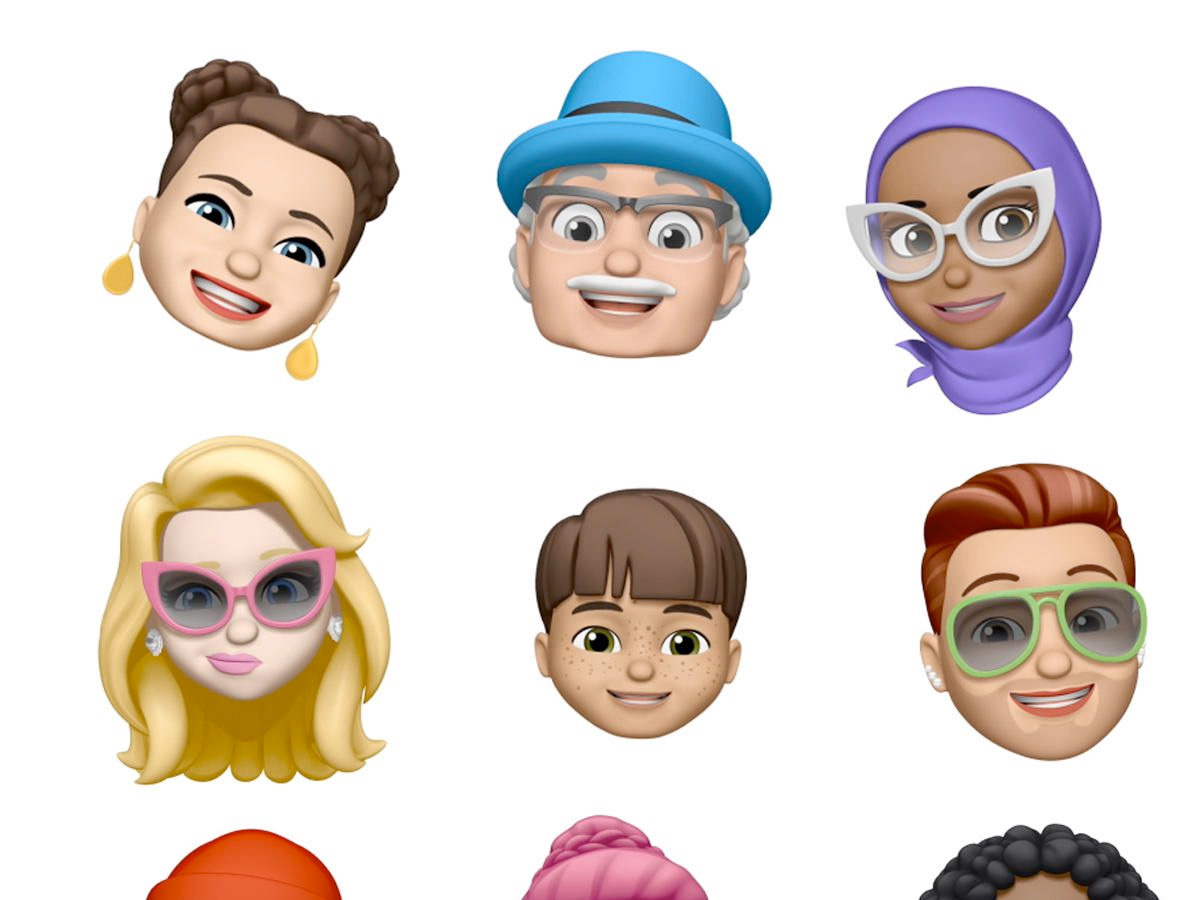
Fun stuff, only (done well) on iPhone
While perhaps not a reason in itself to shell out £1000 for a phone, there are some little things Apple does better than the rest. Namely: Animojis and Memojis. You need an iPhone with latest front-facing camera hardware, but these “augmented reality” emojis take on the movements of your face. They talk when you do. They stick their tongue out when you do, and you can use them to create videos to send over iMessage or post on social media. Samsung and Huawei have had a go at their own versions, but they’re not a patch on Apple’s.
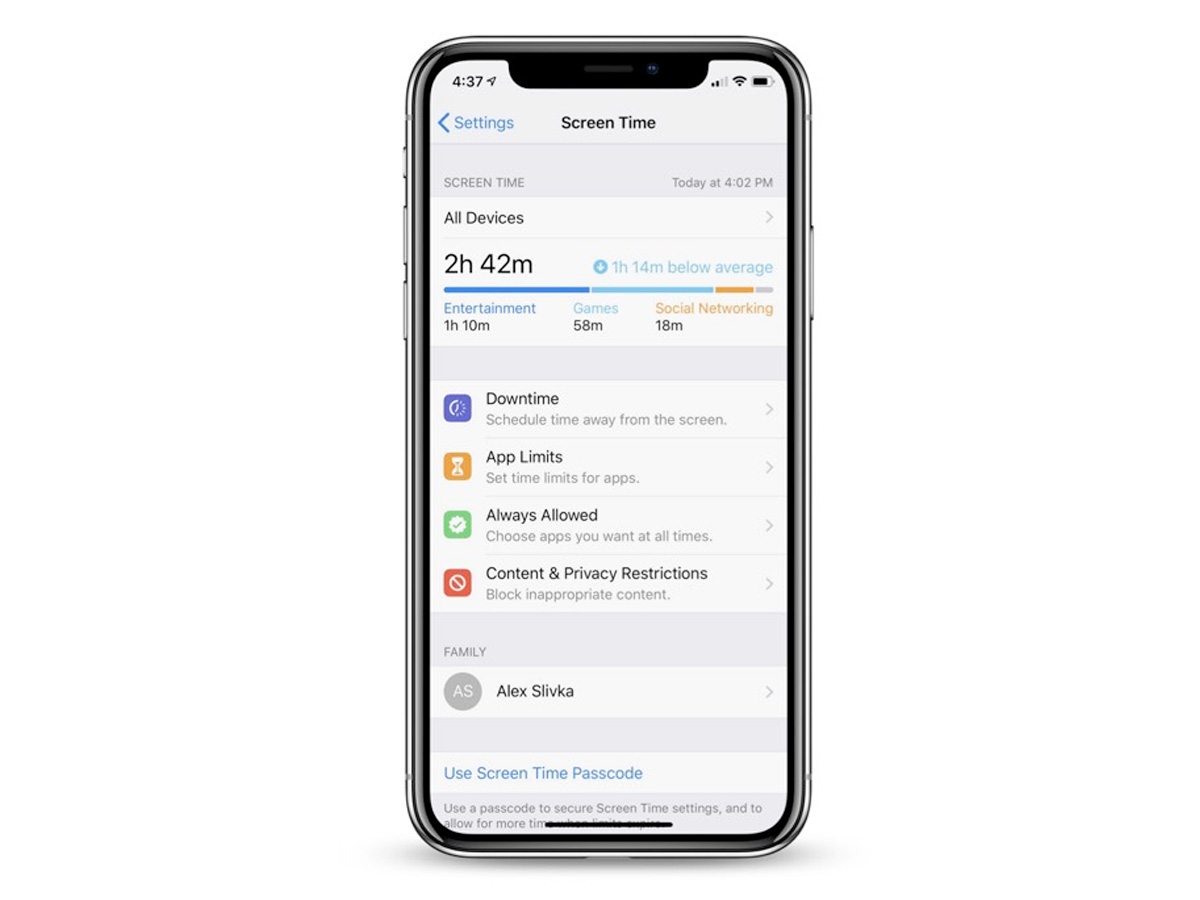
iPhones now let you get healthy with your phone use
News flash: spending all day glued to social media isn’t good for your productivity, your head or your battery life. iOS 12 added a feature called Screen Time that lets you keep your phone use in check. Google’s about to plug something similar into Android. Each day you can look at a visual breakdown of the time you spend gaming, using social networks and entertainment apps, plus you can set daily limits for each app. A feature called Downtime also restricts access to all but a few pre-selected apps during certain times, to help wean yourself off staying up watching Netflix in bed.


